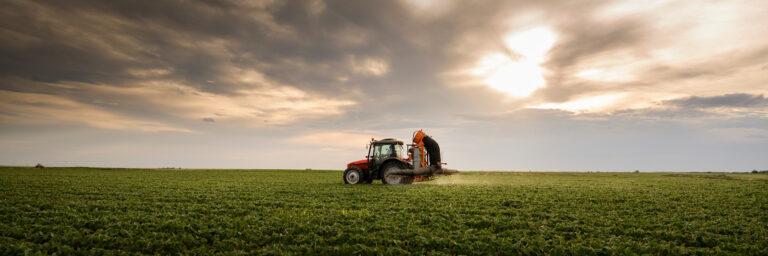
April Business Update: SRUC
After two years of operation as a Limited Company, Agrecalc became part of Scotland’s Rural College (SRUC) as of 1 April 2025.
Soil sampling depth matters when it comes to Soil Organic Carbon (SOC) – as Agrecalc Head of Science, Rachael Ramsey explores. Using the right measurement approach can provide the best estimate of your current SOC stocks on farm and establish a baseline that you can use to re-measure against in years to come.
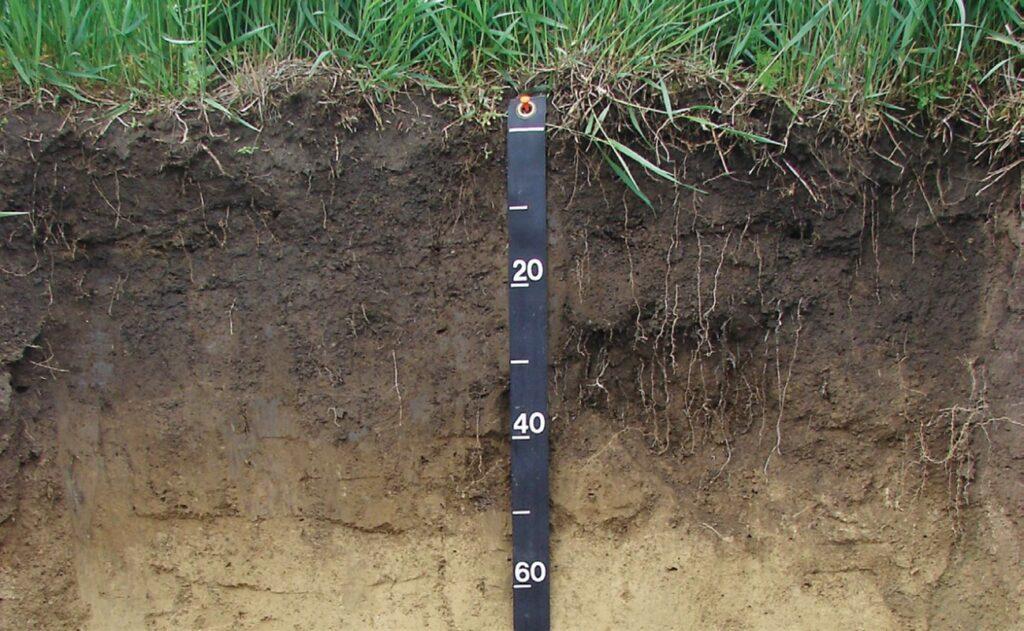
While the famous maxim “if you can’t measure it, you can’t manage it” might not be strictly accurate when it comes to soil organic carbon stocks, and its influence on carbon accounting, the alternative adage “if you don’t measure it, you can’t monitor it”, certainly does hold true. But why is measuring soil organic carbon stocks using the correct methodology so important?
Agricultural soils represent an important reservoir of earth’s carbon and are estimated to contain one third of all terrestrial soil carbon. However, the ability of an agricultural soil to store (sequester) carbon is believed to be finite and is also influenced by management practices; some of which are beneficial for adding to the soil organic carbon (SOC) pool, whilst others can increase carbon losses from the soil.
Increasing soil carbon stocks, by adopting practices that promote soil carbon sequestration and build soil health, is a hotly debated topic among policy makers and researchers of late – both from the perspective of mitigating climate change, but also whether farmers should be paid for increasing soil carbon stocks and given “credits” for emissions that they offset.
Here we will explore why testing your soil with the right methodology is so important to monitor changes.
SOC content is a measurable fraction of the soil organic matter pool, the part of the soil that contains organic material including plant, microbial, algal, and animal compounds in different stages of decomposition, and humus. Changes in SOC can be difficult to detect as changes may occur slowly over many years, or even decades, so to measure changes accurately a robust sampling approach is needed.
To take an accurate soil sample you need a sampling strategy that accounts for some key factors:
SOC content can vary both spatially within field (hence why “W-walk” field sampling is recommended) but also the vertical distribution of soil organic carbon varies significantly with depth, and the age of this carbon can range from days old to millennia.
Traditional soil tests for nutrient management planning typically sample to 10 cm in grassland or 20 cm in arable fields – so why do we recommend sampling much deeper than this for soil carbon, to 30cm*? And where does soil density (and other factors) come into the equation, so to speak?
SOC content can vary both spatially within field (hence why “W-walk” field sampling is recommended) but also the vertical distribution of soil organic carbon varies significantly with depth, and the age of this carbon can range from days old to millennia.
*Recently there has been some debate as to whether sampling to 30cm is sufficient, as some crop roots can penetrate even deeper than this.
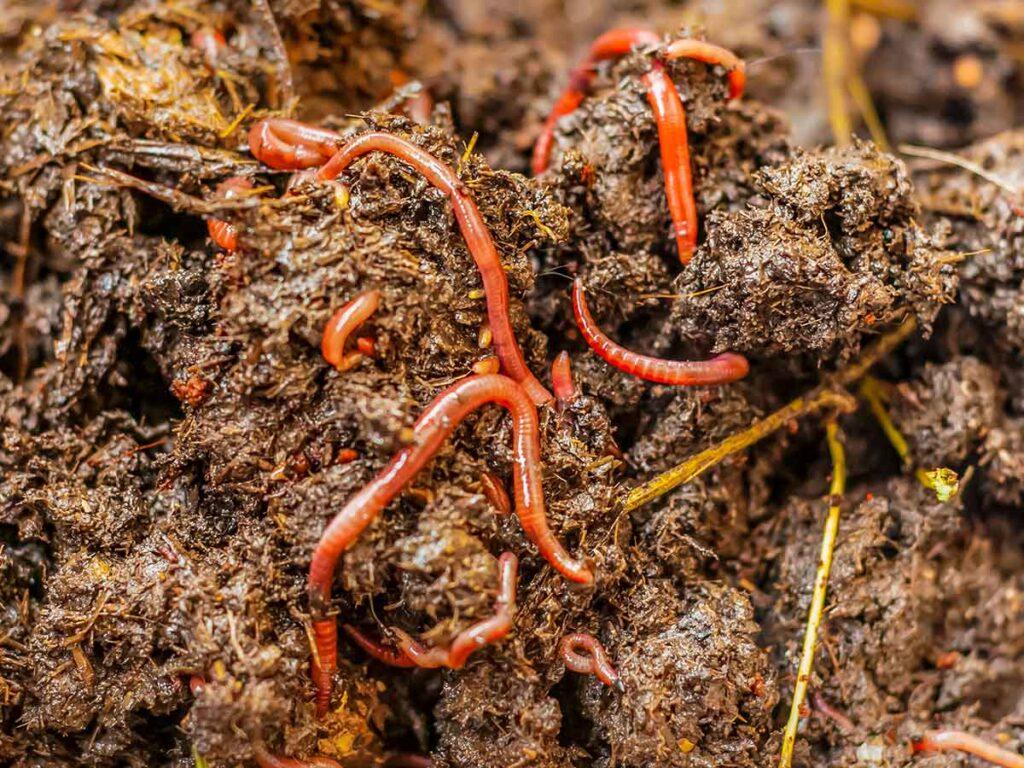
Although the vertical distribution of carbon is caused by several physical factors including water infiltration, biological disturbance also plays a role e.g., soil animals and plant roots mixing the soil; but also, human management can be hugely important.
Physical disturbance of the soil by ploughing breaks open clumps of intact soil known as “aggregates” into smaller pieces, causing accelerated decomposition of previously protected carbon and loss of soil carbon as the greenhouse gas carbon dioxide. Traditional ploughing mixes and breaks open the soil to depths of up to 30 cm and can therefore re-distribute crop residues and other carbon-rich organic material throughout the 30 cm “plough layer”.
No-till and minimum till practices that promote carbon sequestration often accumulate soil carbon at depths of 0-10 cm; therefore, taking soil samples to too shallow a depth can overestimate soil organic carbon stocks. This is also why it is also useful to look at carbon content at multiple depth intervals (0-10, 10-20, 20-30 cm). The IPCC currently recommend sampling to 30 cm depth to measure and monitor changes in soil carbon stocks, and thus provide more accurate carbon accounting.
Until now, we have referred mostly to measuring soil organic carbon “content”, but to calculate soil organic carbon “stocks” we also need to know an additional key soil measure – soil bulk density. Soil bulk density is affected both by inherent soil type, but also by management practices, such as ploughing.
A soil carbon stock is essentially how much SOC is stored per unit of land area, usually hectares. Although this seems relative to surface area, soil bulk density reflects the amount of SOC in a given volume of soil to the measured depth. It is critical to get a representative bulk density of the field in which you are sampling to obtain the most accurate soil carbon stock:
Measuring SOC stocks allows us to monitor changes over time, either positive or negative. Typically, it is recommended to re-sample your soil every three to five years.
Considering SOC stocks and how this may change due to management practices is a key component of an Agrecalc audit.
Agrecalc contains a soil carbon sub-model which is used to estimate carbon stocks and stock changes in this pool at the whole farm level and is currently based on IPCC Tier I methodologies, which recommend a soil sample depth interval of 0-30 cm. Initial whole farm carbon stocks are estimated based on SOC stocks from soil look-up tables or actual measured soil farm sample data, and are then assumed to be modified by several factors including inputs applied, agricultural management practices, land-use / cover, climatic variables and above-ground biomass variables.

Using the right measurement approach can provide the best estimate of your current SOC stocks on farm and establish a baseline that you can use to re-measure against in years to come. It is vital that your soil carbon measurements are carried out by reputable, robust methods, either by yourself, or if by a third party – don’t be afraid to ask plenty of questions to ensure you are happy with their approach. It is also vital to re-measure soil carbon, to gauge the success of adopting practices such as minimum or no-till that have potential carbon sequestration benefits. If we don’t monitor, we can’t measure changes – either on the plus or on the minus side of your carbon accounting ledger.

Head of Science and Research for Agrecalc. Experienced project manager and agroecologist working in terrestrial ecosystems with an emphasis on assessing the impact of management activities on ecosystem functioning and ecological processes to include GHG emissions, soil cycling (carbon, nitrogen), species diversity and soil health and microbial activity.

After two years of operation as a Limited Company, Agrecalc became part of Scotland’s Rural College (SRUC) as of 1 April 2025.
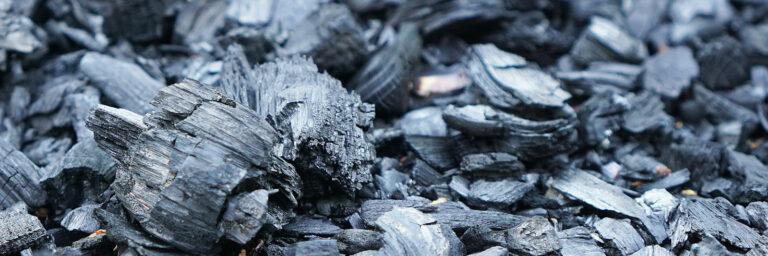
Biochar is a carbon-rich material produced by pyrolysing biomass, which offers a variety of potential agronomic benefits. In this guest article, Black Bull Biochar discusses how these effects work together to bolster productivity, sustainability, and resilience in farming.
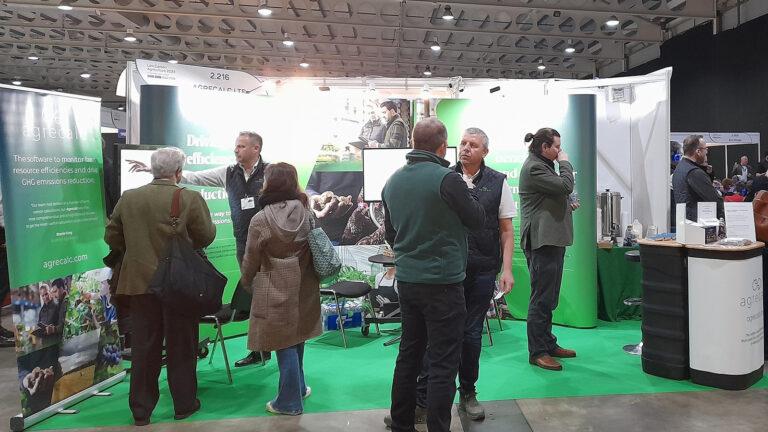
The Agrecalc team is looking forward to welcoming you at our stand (2.844) at this year’s Low Carbon Agriculture Show, taking place on March 5 and 6, at NAEC Stoneleigh near Kenilworth.